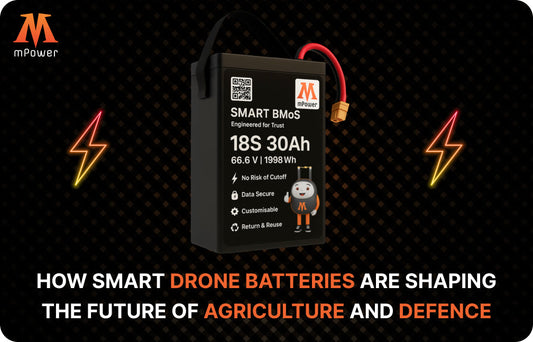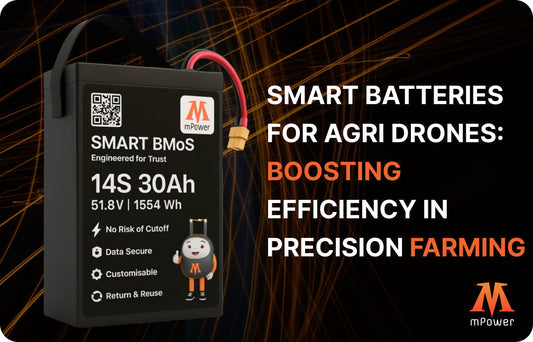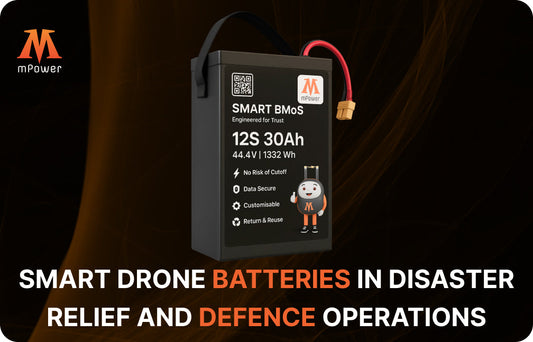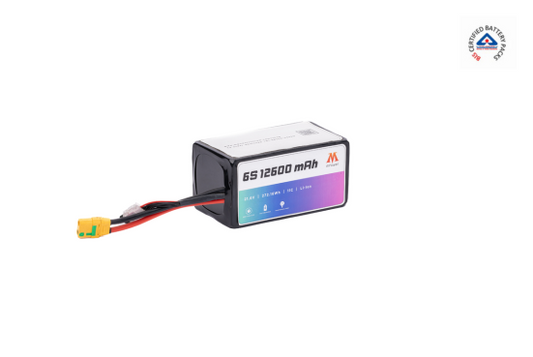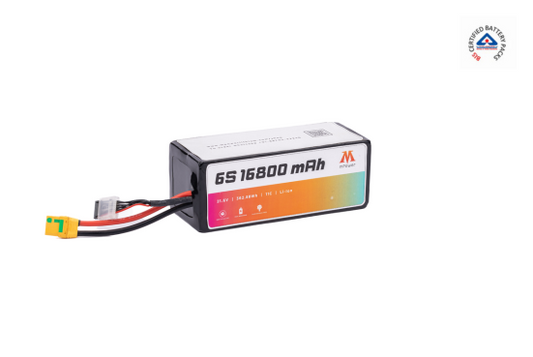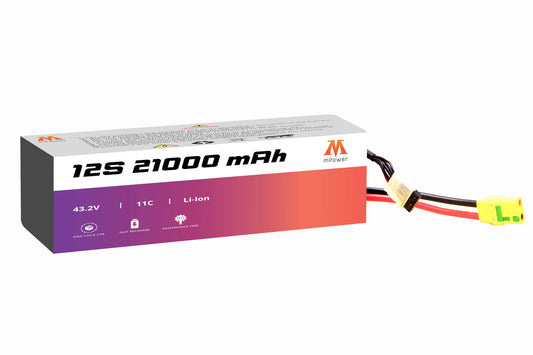
Do you know that between 2015 to 2020 India lost 668,400 hectares of forest cover? This ranks India as the second highest country in the world in terms of deforestation during 2015-2020. We have been constantly battling climate change at the global level and afforestation is becoming one of the vital weapons in this battle. As forests act as natural carbon sinks by absorbing greenhouse gases and decreases the effect of global warming. In the effort of forest cover restoration, the Telangana government launched the Hara Bhara project. It is the India’s first aerial seeding program. Let’s delve into the importance of the Hara Bhara project and its potential impact. We will also discover the role of drone technology and drone batteries like lithium-ion battery in this one-of-a-kind project.
A Brief Overview Of Deforestation and Its Consequences
Deforestation refers to the procedure of cutting trees to use the respective land for other purposes, evidently posing a threat to the environment. According to the Food and Agriculture Organization, the global rate of deforestation slowed down in recent decades, but still it poses a major concern. A report of 2021 by the Forest Survey of India shows that while India’s forest cover has increased still collective efforts are needed to enhance the quality and density of these forests.
When it comes to the consequences of deforestation then they are far-reaching and threatening, since trees regulate climate by absorbing carbon dioxide. Lack of trees or deforestation disrupts this natural process that contributes to global warming and its consequences like extreme weather events, rising sea levels, and disturbed ecosystems. Moreover, deforestation results in biodiversity loss, soil erosion, and others.
Hara Bhara Project: A Technical Approach To Afforestation
The Hara Bhara project launched by the Telangana government in 2021, showcases the novel approach to promoting afforestation and addressing deforestation. This project aims to plant 50 lakh trees in 33 districts of the state. It utilizes drone technology to cover large land for rapid and large-scale seed dispersal across barren and degraded lands. This innovative and revolutionized method offers several advantages over traditional planting techniques.
- Drones can cover vast areas quickly and efficiently, significantly increasing the rate of seed dispersal compared to manual planting.
- Drones can reach inaccessible and difficult terrain, this accessibility allows them for afforestation in areas previously considered unsuitable or unreachable for traditional planting.
- Drone-based seeding can be a more cost-effective solution compared to traditional planting, especially for large-scale projects like the Hara Bhara project.
- Seed dispersal through drones can be targeted to specific areas, optimizing seed placement and maximizing germination rates.
Key Components Of The Hara Bhara Project
Telangana government launched this project in collaboration with Marut drone, a Hyderabad-based drone technology startup. The latest and innovative drone technology aspects are the foundational element of this project. This campaign also aims to employ local and tribal people through afforestation. Besides, the success of the project hinges on several key components, such as
- Local women and welfare communities are involved in preparing seed balls- a mixture of seeds, clay, compost, and other essential nutrients. They are designed to enhance the germination rate and protect seeds from harsh conditions.
- The Hara Bhara project leverages modernized drones equipped with ‘seedcopter’ technology to disperse the seed balls across the targeted 12,000 hectares of land in 33 districts of the state.
- Before seed dispersal, field surveys and terrain mapping are conducted to identify suitable areas for the project. As well as determine the appropriate seed types and quantities needed for the project succession.
- Continuous monitoring of the plated area is essential for assessing the project’s success. Satellite imagery and field surveys can be used to track seed germination and seedling growth.
The Potential Impact Of The Hara Bhara Project
The Hara Bhara project was launched to make a significant contribution to afforestation in Telangana districts. This potential serves as an example to other regions witnessing similar challenges affiliated with deforestation. This project aims to plant millions of trees across the barren land of the state to increase the forest cover and improve the environmental conditions. The success of this project could lead to several positive outcomes, like
The increased forest cover decreases the level of carbon dioxide in the atmosphere through the photosynthesis process. This ultimately mitigates the effects of climate change and its consequences. Moreover, extensive tree covers help to prevent soil erosion and promote soil fertility. This leads to a healthier environment for plant growth.
The enhanced forest cover generates a habitat for diverse flora and fauna for biodiversity restoration leading to a richer ecosystem. Furthermore, such afforestation projects generate employment for local and tribal communities along with affiliated bodies such as employment in seed preparation, drone operations, and project management
The Role of Drone Technology and Batteries in the Hara Bhara Project
The project utilizes drone technology as its foundational element significantly enhancing the project's success through innovative features and functionality of the technology. Moreover, drones are beneficial over the traditional planting methods by covering large and terrain land in a short amount of time saving resources, cost, and time of the project.
The Power Behind the Drone Technology: Drone Batteries
The success of proper and longer seed dispersion relies on eminent drone battery solutions as they facilitate longer flight time with efficiency. Lithium-ion batteries are considered to be optimal drone batteries due to their significant features like high energy density and ability to offer sustainable power.
Leading drone battery providers, such as mPower offer premier-quality lithium-ion batteries for drone optimal performance. Being a renowned lithium-ion battery manufacturer they offer customized and specialized drone battery solutions. The batteries provided by them boast drone functionality like extended flight times, rapid charging capabilities, and robust build quality with lightweight construction that withstands demanding aerial operations like the Hara Bhara project.





